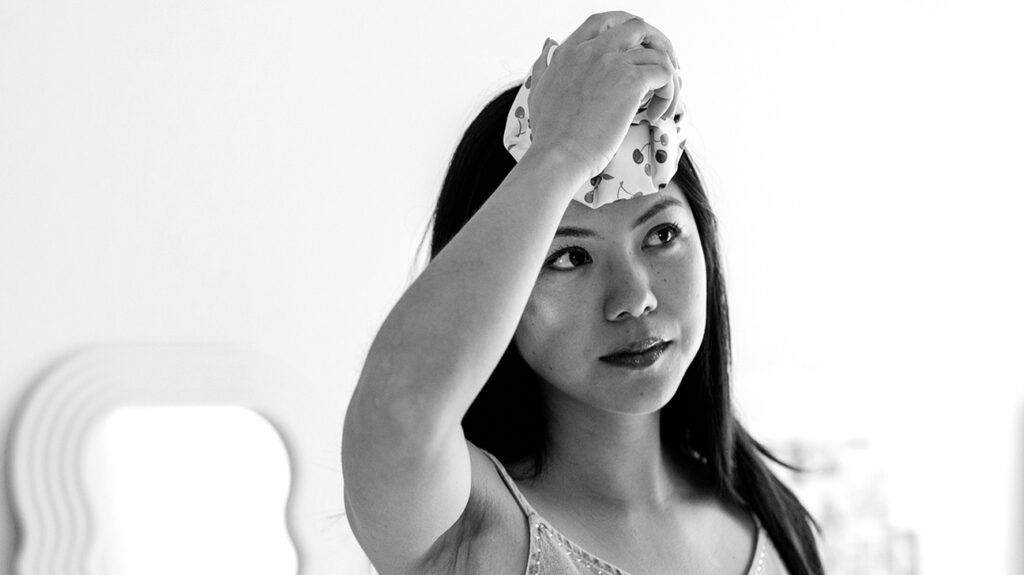Cold therapy is a nonpharmacological migraine therapy that involves applying cold to the forehead and temples. It may help ease migraine pain.
Migraine is a neurological disease that causes a moderate to severe throbbing, pounding, or pulsing headache.
This article outlines the research into whether cold therapy can help treat migraine pain and offers tips on how to use cold therapy for this purpose.
It also discusses whether cold therapy can worsen migraine pain, and discuss some other nonpharmacological treatments for migraine.

A 2021 study notes that cold therapy is the most common nonpharmacological self-administered method of pain relief among people who experience migraine.
An older
- Inducing vasoconstriction: Cold application constricts blood vessels, decreasing blood flow and swelling.
- Promoting analgesia: Cold application slows nerve conduction, helping to ease pain.
- Reducing metabolic activity: Cold therapy reduces the body’s demand for the chemical adenosine triphosphate (ATP), which fuels the body’s cells. Studies suggest that ATP may be involved in migraine headaches.
What does the research say?
A
- cold-gel headband
- cold-gel cap
- intraoral cooling
- skin temperature biofeedback
- cold wrap with massage
Compared to other migraine therapies, cold therapy interventions had a short-term effect on reducing migraine pain.
The study authors concluded that cold therapy intervention is an effective treatment for immediate relief of migraine pain. However, further research is necessary to establish its longer-term effects on migraine pain and other symptoms.
A 2020 study investigated the effects of cold band therapy on the severity and duration of migraine headaches and on migraine-related quality of life (QOL).
In this study, researchers assessed participants’ pain values before and during the cold band application. Pain scores decreased significantly at 30 minutes and 60 minutes after cold band application.
QOL scores also significantly increased following the treatment.
The study authors concluded that applying a cold band to the forehead during a migraine attack helped reduce pain severity and improve QOL.
The National Headache Foundation (NHF) recommends applying a cold pack to the forehead and temples during a headache attack. This treatment is safe to use alongside other medications and therapies a doctor recommends.
Cold-gel headbands and caps are available over-the-counter. Also, people can make an ice pack at home by placing some ice cubes or crushed ice into a plastic bag, squeezing out the excess air, and sealing the bag tightly.
The United Kingdom’s National Health Service (NHS) provides the following tips on how to apply a homemade ice pack:
- Step 1: Dampen a clean cloth or towel, and place it on the forehead.
- Step 2: Place the homemade ice pack on top of the damp cloth or towel, and hold it firmly in place.
- Step 3: Remove the icepack within 10–15 minutes. Leaving the ice pack on the forehead for over 15 minutes may cause injury.
It is not clear whether cold therapy can worsen migraine pain. There are no known significant side effects to cold therapy.
Additional nonpharmacological treatment options for migraine include:
- Managing triggers: Some people may develop migraine headaches in response to certain triggers. Keeping a diary of potential triggers and migraine episodes can help individuals identify these triggers and avoid them in the future.
- Sleep: If possible, a person can practice good sleep hygiene. This can include going to bed and waking up at the same time every day, and avoiding screens before bed. Having a nap during a migraine attack may also help.
- Massage: Massaging the scalp can help ease pain. Migraine attacks can also cause tension in the neck and shoulders. Massage and regular gentle stretches may help ease discomfort.
- Dimming the lights: During a migraine attack, an individual can experience light sensitivity. Dimming the lights or using blackout curtains may help ease discomfort associated with light sensitivity.
Some people may also benefit from using noninvasive neuromodulation devices. These devices use magnets or electrical currents or magnets to adjust the activity in the brain. There are a variety available that are FDA-approved, and many require a prescription.
Learn more about 15 home remedies for migraine relief and prevention.
Migraine is a neurological disease characterized by a moderate to severe throbbing, pounding, or pulsing headache.
Cold therapy is a nonpharmacological therapy that may help to lessen the severity of migraine headaches. It involves applying homemade ice packs or other cooling devices to the forehead and temples.
Cold therapy for migraine may work via various mechanisms, such as decreasing blood flow and swelling, and promoting analgesia.
It also appears to reduce the body’s demand for ATP, which research suggests plays a role in migraine attacks.
People who experience migraine may wish to try additional nonpharmacological migraine therapies, such as supplements and noninvasive medical devices.
Anyone who is interested in either of these options can talk with a doctor for further advice.
